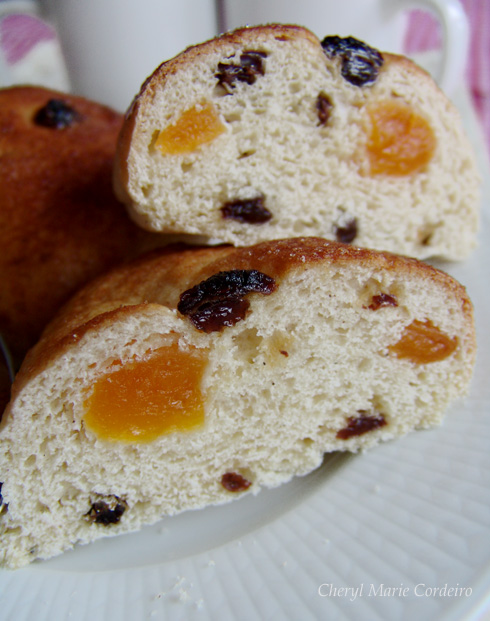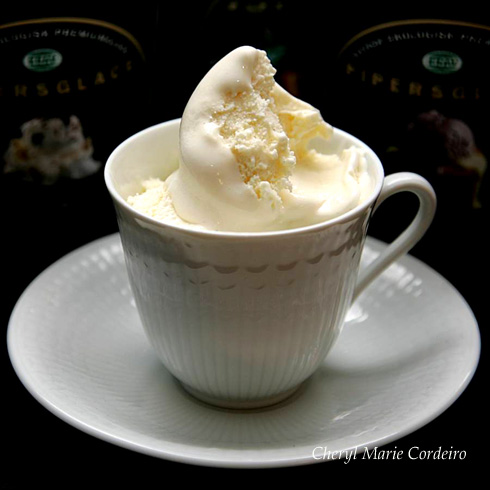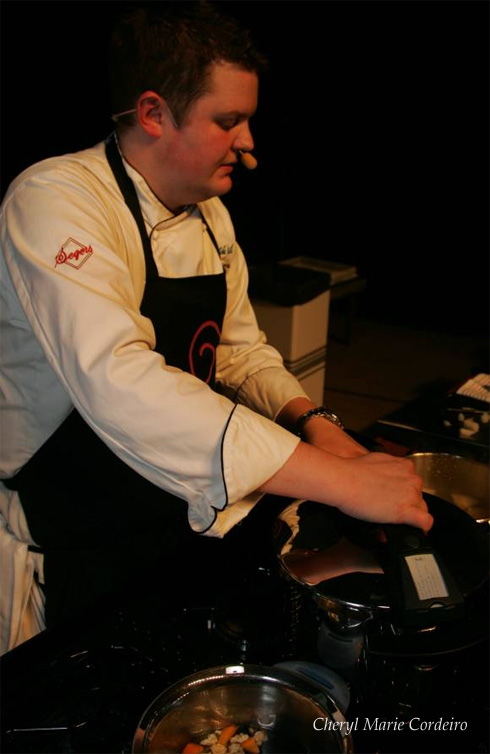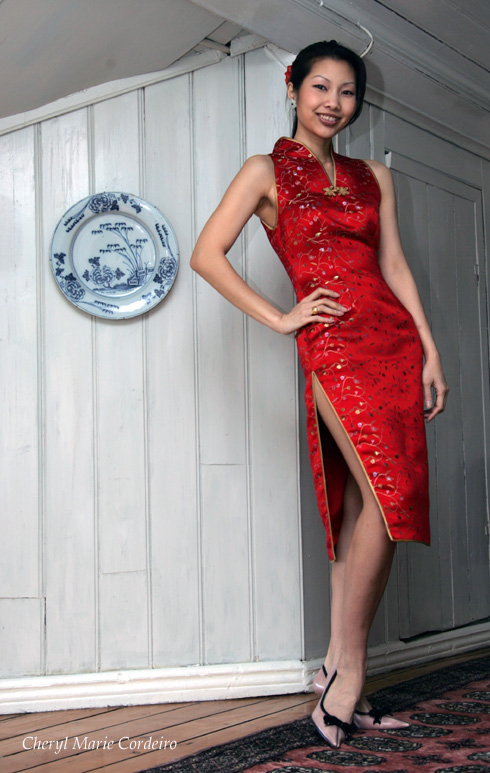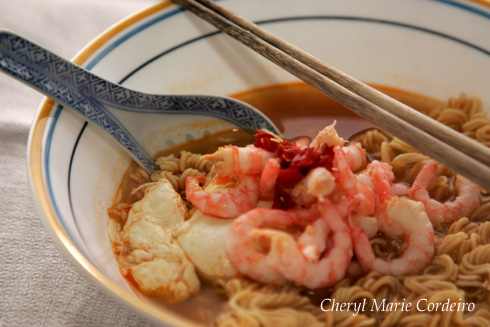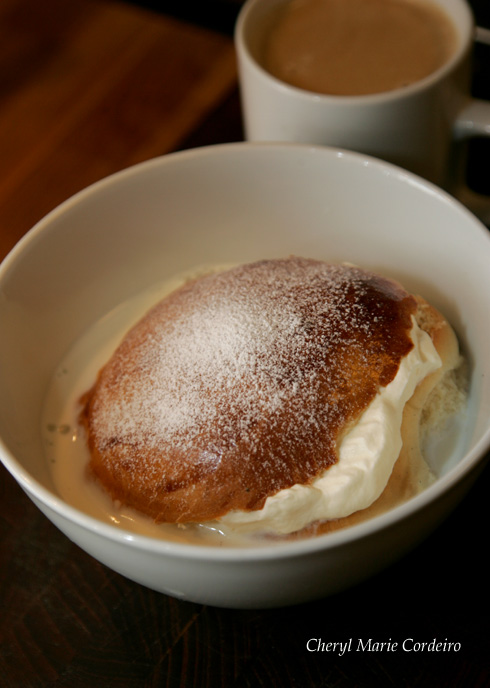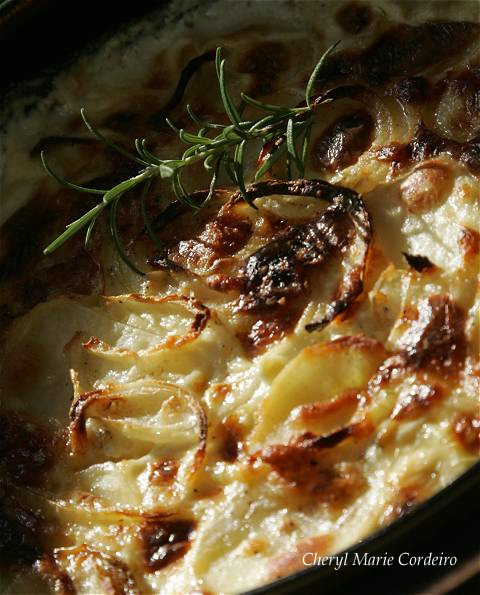
Potato Gratin has fallen a bit in disrepute after a decade of largely misdirected health consciousness. This Quick and dirty version of potato gratin might be just the right thing to go with a hearty beef dinner, flanked by a deep red and powerful Chianti.
Photo © Jan-Erik Nilsson and Cheryl Cordeiro-Nilsson for Cheryl Marie Cordeiro 2010
Everything goes in circles and so do trends in cooking. Not long ago two crossed carrots on a white plate was the height of fashion. Then health obsession made people think that the fat we eat is the same as that we put on our hips, so we were supposed to eat carbohydrates instead, as if a diet of pasta, bread and artificial sweeteners would make us slim. Then carbohydrates became bad and the focus turned to meats and not just any types of meat but lean white meat.
Since I arrived in Sweden about ten years ago I have had reason to question the wisdom in food trends. A quick glance through family photos tells me that throughout the ages people have lived long and healthy lives eating whatever they liked and cooking anything they liked, whether Kway Chap or pineapple tarts, so long as they did not overeat. Julia Child and her husband, Paul Cushing Child for example lived past the age of 90 based on a French diet full of butter, butter and more butter!
So in this spirit I felt I would like to revive a potato classic, just an ordinary gratin that will fit neatly with just about any solid piece of meat you can think of. No dainty dishes, but solid meat based ones. Food that goes ‘- Mooooo!’ in the dark.
Continue reading “Potato Gratin á la mode”
